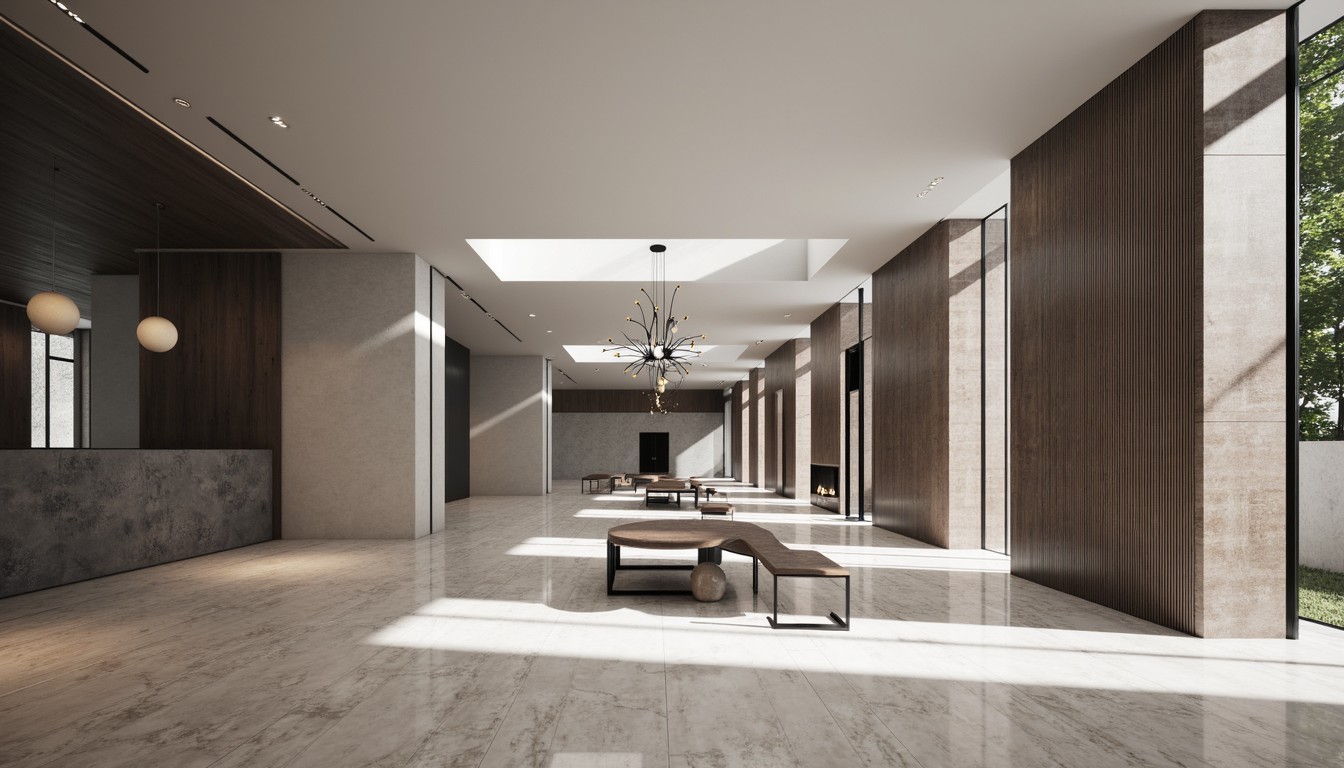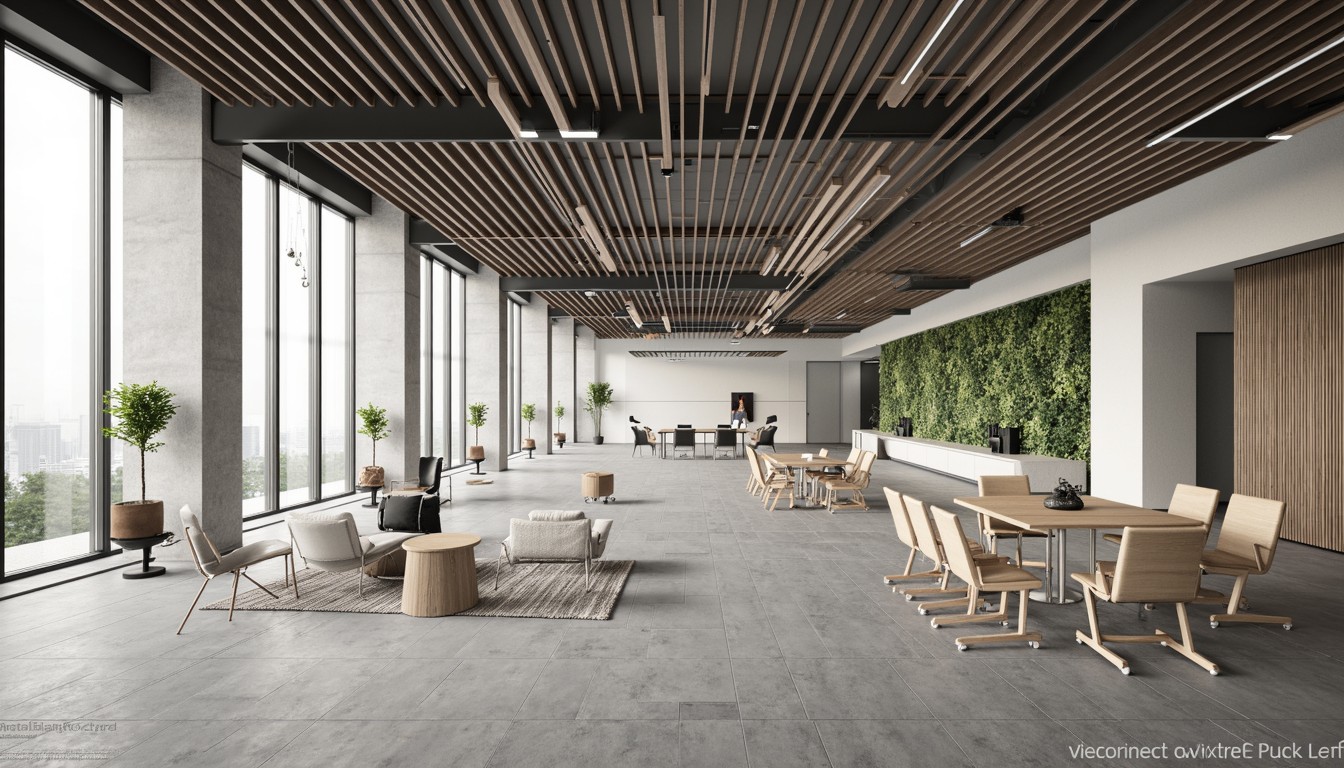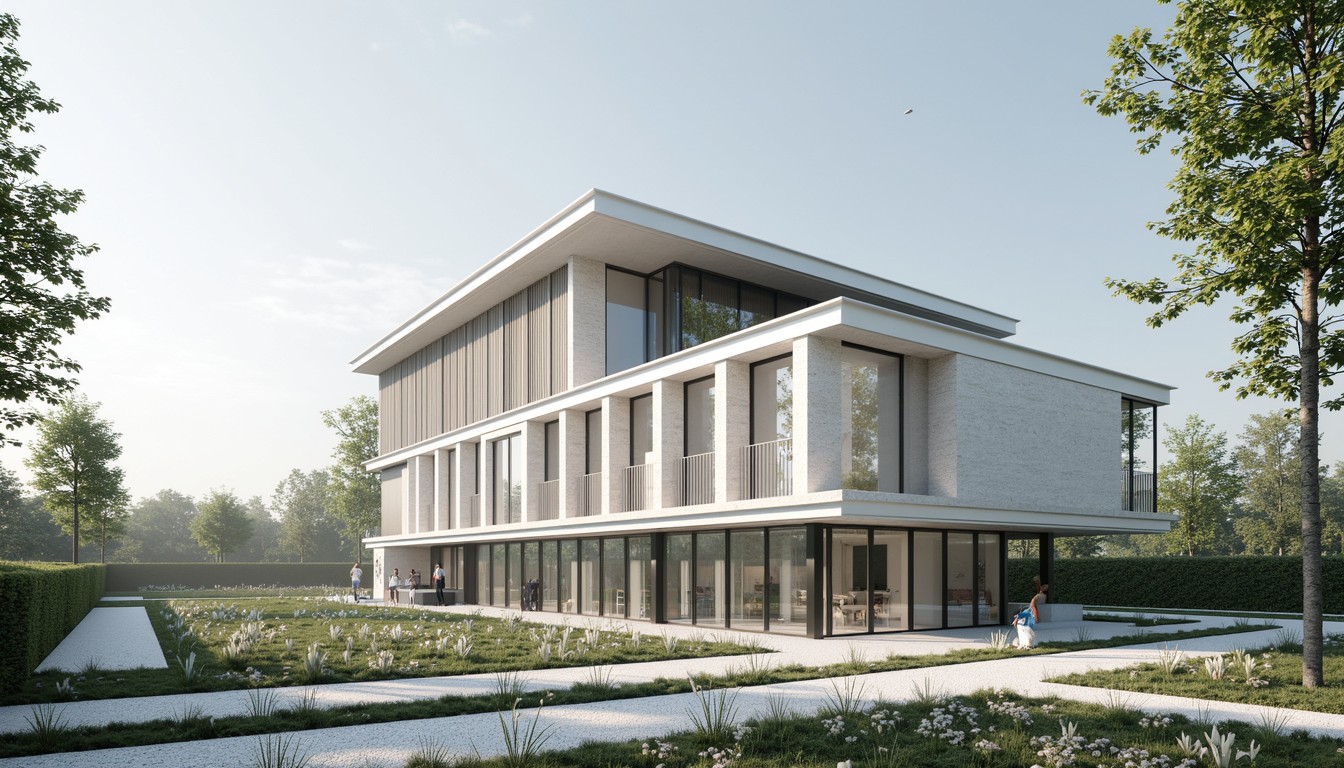3D Printing in Construction: Building the Future
The construction industry, long characterized by traditional methods and timelines, is undergoing a dramatic transformation. At the forefront of this revolution is 3D printing, a technology poised to redefine how we design, build, and inhabit our structures. This innovative approach offers unprecedented opportunities for efficiency, sustainability, and creative freedom, paving the way for a future of architectural marvels previously unimaginable.
Understanding 3D Printing in Construction

Additive manufacturing, more commonly known as 3D printing, in construction utilizes specialized machinery to deposit layer upon layer of material, creating complex three-dimensional structures. Unlike traditional methods that rely on subtractive processes (cutting and shaping existing materials), 3D printing builds structures from the ground up, minimizing waste and optimizing material usage. This process employs a variety of materials, including concrete, polymers, and even recycled materials, making it adaptable to diverse architectural projects.
Types of 3D Printing in Construction:
- Binder Jetting: This method uses a binder to fuse powdered material layer by layer.
- Extrusion-based 3D Printing: This involves melting and depositing a material through a nozzle to create the structure.
- Vat Polymerization: This technique uses UV light to cure liquid resin in a vat, building the structure layer by layer.
Real-World Applications and Benefits

The applications of 3D printing in construction are rapidly expanding, demonstrating its versatility and potential across various scales and project types.
Residential Construction:
3D printing is revolutionizing residential building by enabling the rapid and cost-effective construction of homes. Companies are creating entire houses, including walls, roofs, and even interior features, using this technology. This significantly reduces construction time and labor costs, making housing more accessible and affordable.
Infrastructure Projects:
From bridges and retaining walls to complex architectural elements, 3D printing is proving valuable in infrastructure development. Its ability to create intricate designs with high precision makes it ideal for projects requiring complex geometries and customized solutions. This leads to improved structural integrity and reduced material waste.
Architectural Design and Customization:
3D printing empowers architects to explore unprecedented design freedom. Complex curves, intricate details, and customized designs previously impossible with traditional methods are now readily achievable. This unlocks new possibilities for architectural expression and creates unique, personalized spaces.
Disaster Relief and Humanitarian Aid:
The speed and efficiency of 3D printing make it a vital tool in disaster relief efforts. Rapid construction of temporary shelters and essential infrastructure can provide immediate support to communities affected by natural disasters or conflicts.
Challenges and Considerations
Despite its immense potential, 3D printing in construction faces several challenges:
Scalability and Production Speed:
While the technology is improving rapidly, scaling 3D printing for large-scale projects remains a challenge. Increasing printing speed and optimizing material handling are crucial for wider adoption.
Material Limitations and Research:
The range of printable materials is constantly expanding, but research is ongoing to develop materials with improved strength, durability, and sustainability. Exploring eco-friendly and locally sourced materials is essential.
Regulatory Frameworks and Building Codes:
The integration of 3D-printed structures into existing building codes and regulations requires careful consideration and ongoing dialogue between industry stakeholders and regulatory bodies.
Cost-Effectiveness and Return on Investment:
While 3D printing offers long-term cost savings, initial investment in equipment and expertise can be significant. A thorough cost-benefit analysis is essential for project feasibility.
The Future of 3D Printing in Construction

The future of 3D printing in construction is bright. Ongoing research and development are continuously pushing the boundaries of this technology, leading to improvements in speed, material diversity, and overall cost-effectiveness. We can expect to see even more innovative applications, from the creation of sustainable and energy-efficient buildings to the development of entirely new construction methodologies.
ArchNav: Your Partner in Visualizing the Future
At ArchNav, we understand the transformative power of 3D printing and its impact on architectural visualization. We leverage cutting-edge technologies, including advanced rendering and simulation techniques, to provide clients with unparalleled visualizations of their 3D-printed projects. Our expertise allows architects and developers to explore design options, assess feasibility, and communicate their vision effectively, ensuring seamless integration of this revolutionary technology into their projects. Contact us today to learn how ArchNav can help you visualize and realize the future of construction.
